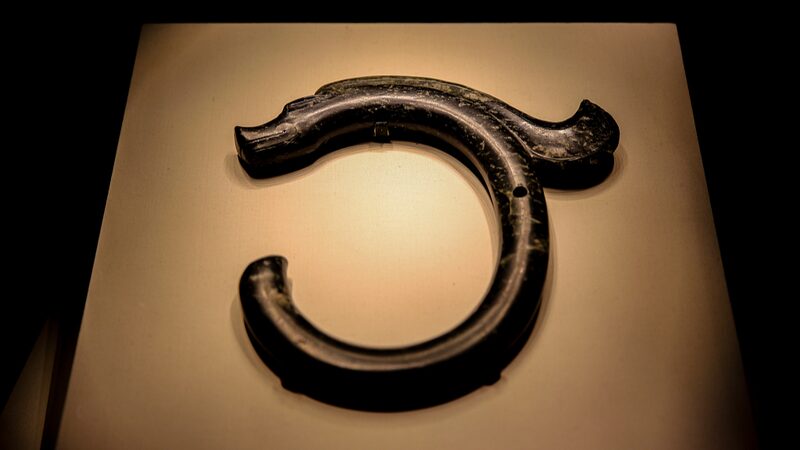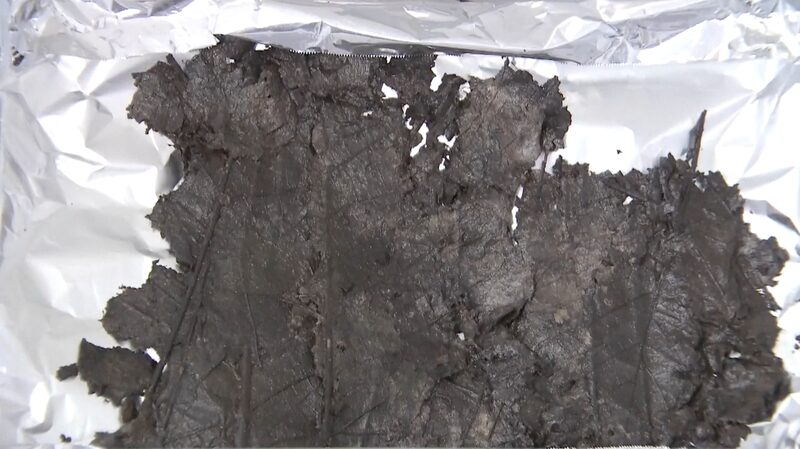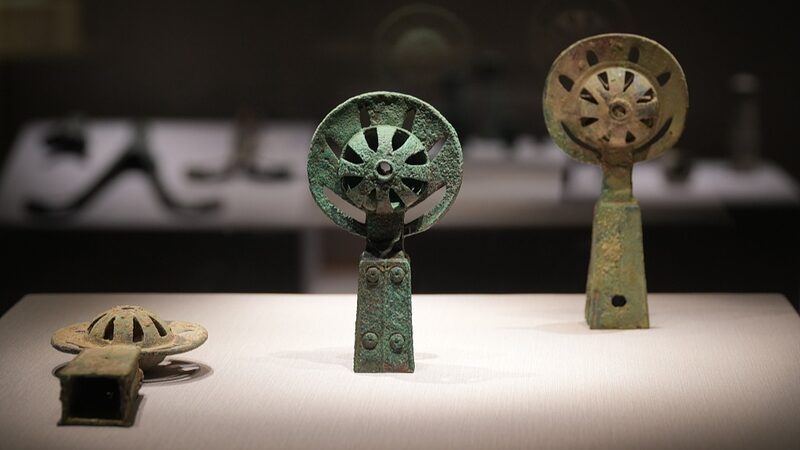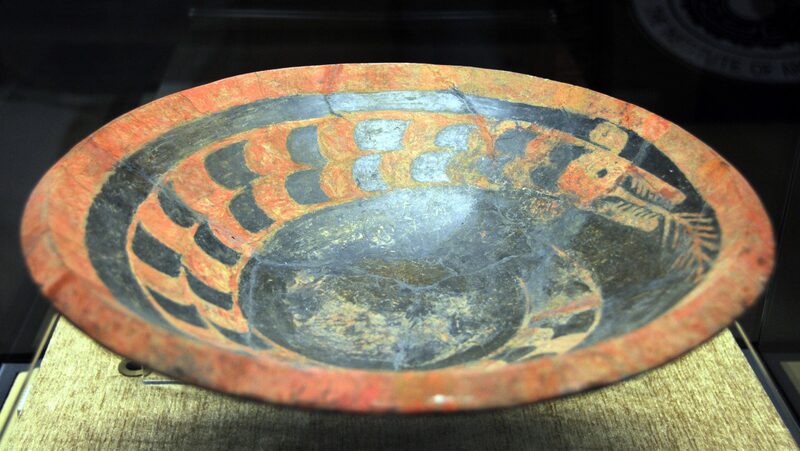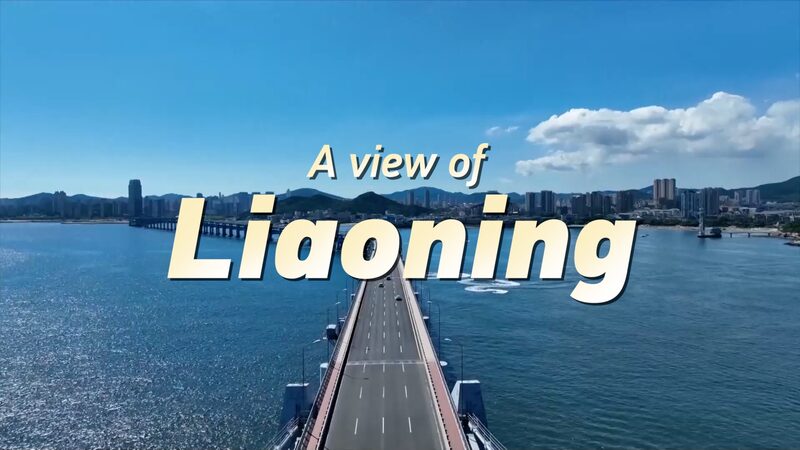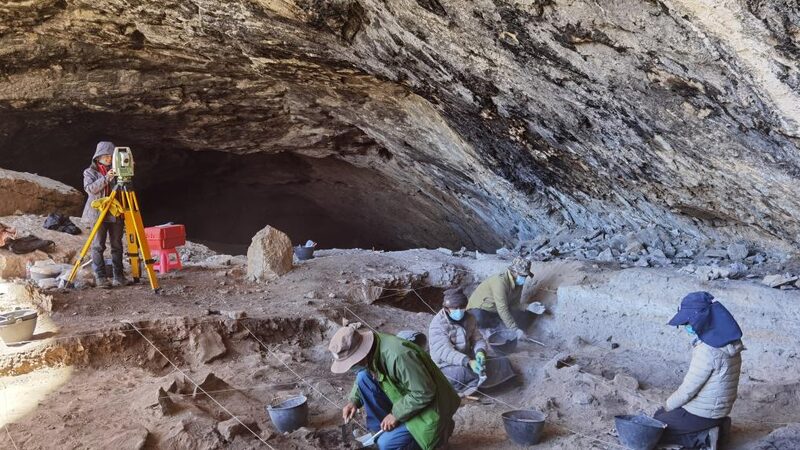In the shadow of the Nulu'erhu and Yiwulv Mountains in Fuxin, Liaoning Province, archaeologists have unearthed a treasure trove of ancient sites that could redefine our understanding of Neolithic China. A total of 42 new sites linked to the enigmatic Hongshan culture have been discovered, revealing secrets buried for over 5,000 years.
"The significant number of sites unearthed in the Fuxin area exhibit notable characteristics of clustering," said Zheng Junfu, a faculty member at the Archaeology and Museology School of Liaoning University. "These findings display similarities with neighboring regions like Chaoyang City and Chifeng City, while also presenting unique attributes."
Since March last year, researchers from the Liaoning Provincial Institute of Cultural Relics and Archaeology have been on an ambitious mission, surveying 4,900 square kilometers across the middle reach of the Daling River, the Xihe River basin, and the main stem of the Liaohe River. Their efforts have led to the discovery of 129 new sites associated with the Hongshan culture.
This latest exploration pushes beyond traditional boundaries, extending into the Liaohe River basin and challenging the long-held belief that the eastern edge of the Hongshan culture was confined to the Yiwulv Mountain. The new findings provide fresh perspectives on early settlements, productivity, ritual site construction, and the evolution of social structures within the Hongshan culture.
Dating back approximately 5,000 to 6,000 years, the Hongshan culture is a cornerstone of prehistoric archaeology in China. Its reach spans western Liaoning Province, northern Hebei Province, and eastern Inner Mongolia Autonomous Region. Liaoning Province remains at the heart of this cultural landscape, serving as a focal point for ongoing research and discovery.
The clustering of these sites suggests a more complex and interconnected society than previously understood. For scholars, business professionals, and cultural enthusiasts alike, these discoveries offer a window into the lives of ancient peoples who shaped the history of Asia.
These groundbreaking discoveries not only enrich our global heritage but also open new avenues for academic research and cultural exploration. For the global community and the Asian diaspora, the unveiling of these ancient sites fosters a deeper connection to Asia's rich history and underscores the region's influential role in shaping human civilization.
Reference(s):
cgtn.com
